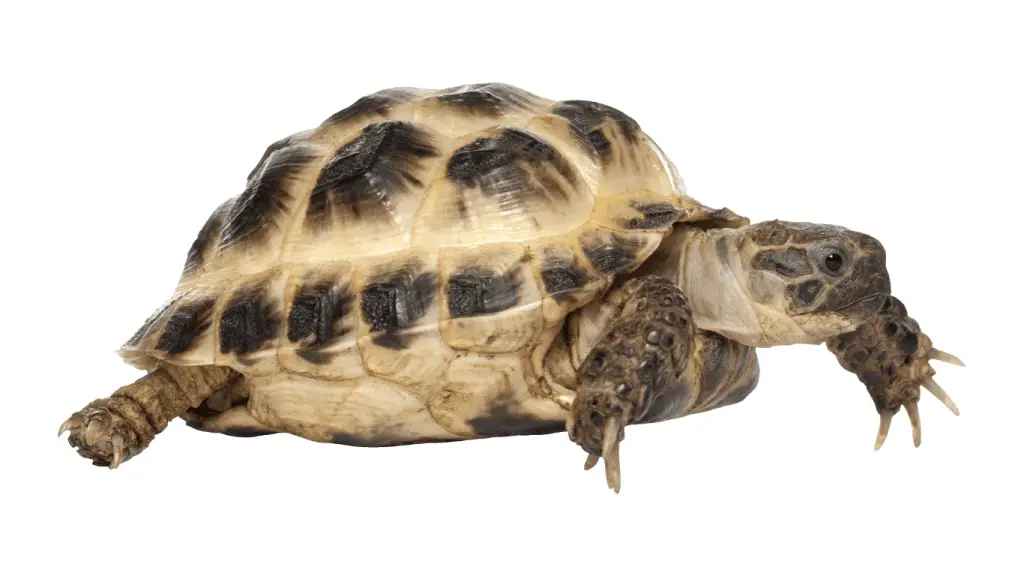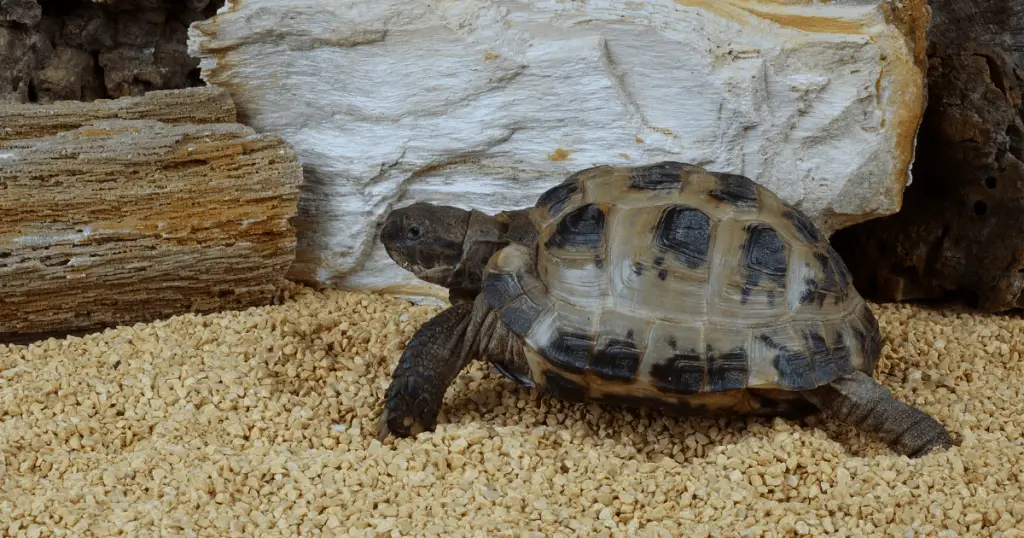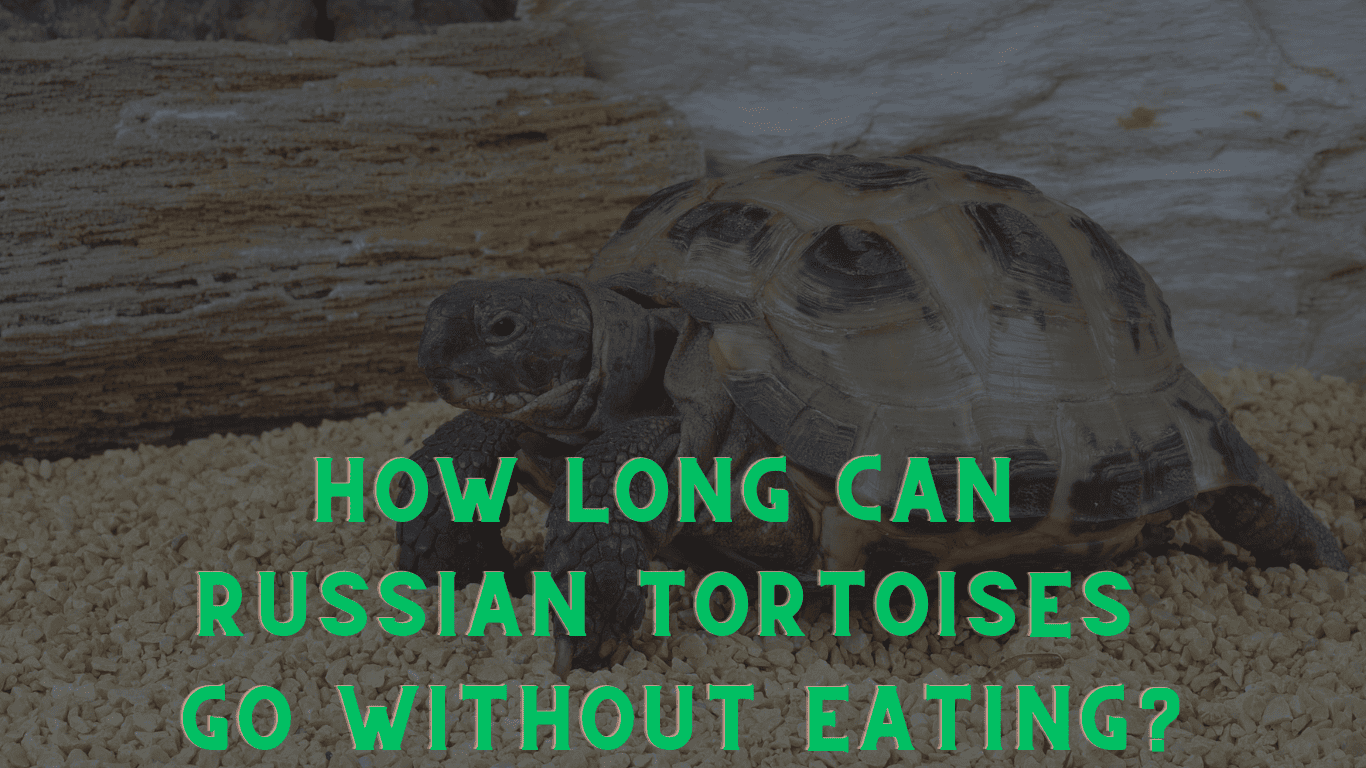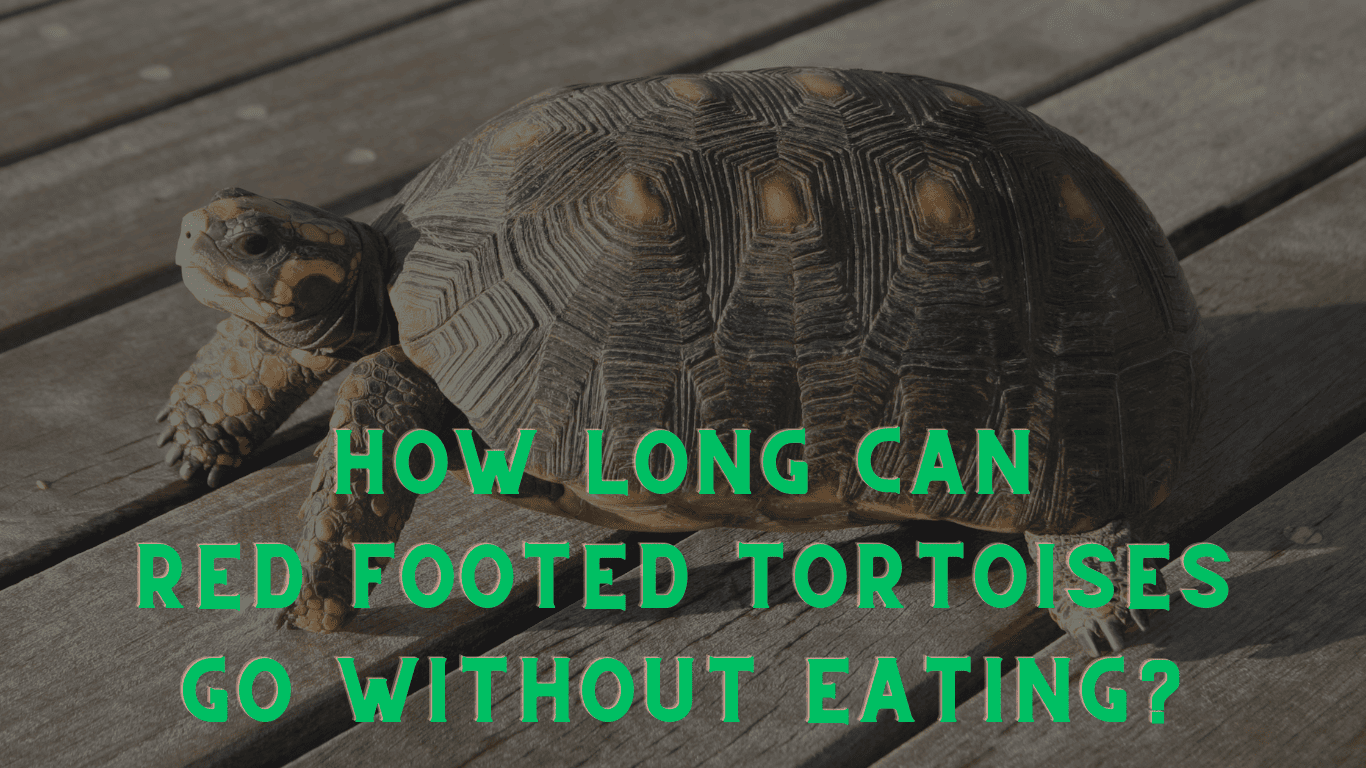The Russian tortoise, native to Central Asia, has become an increasingly popular pet among reptile enthusiasts due to its small size, unique features, and relatively easy care requirements. Ranging from 5 to 10 inches in length, these hardy tortoises are well-suited for first-time exotic pet owners and experienced caretakers.
Found in countries such as Afghanistan, Iran, and Pakistan, they have adapted to thrive in arid environments, making their upkeep more manageable when compared to some more prominent species.
As herbivores, Russian tortoises require a diet rich in leafy greens, flowers, and weeds while being conscientious about water conservation. Consequently, their waste elimination is typically a white, semi-solid paste, reflecting the necessity of retaining liquids in their natural habitat.
Regarding temperament, Russian tortoises are generally active, tame, and friendly, with gentle handling, appealing to many pet owners.
Russian Tortoise Overview

The Russian tortoise, also known as the Central Asian tortoise, Afghan tortoise, Testudo horsfieldii, four-clawed tortoise, or Horsfield’s tortoise, is a small and hardy species that makes an excellent pet for both beginners and seasoned reptile enthusiasts. With its unique appearance and active nature, this tortoise has become popular among reptile lovers.
Originating from arid regions in Central Asia, Russian tortoises feature a sturdy shell that protects them from the harsh environment they inhabit. Their shells are oval and domed, ranging from light brown to yellowish-green, adding to their distinct look.
In terms of size, Russian tortoises are relatively small compared to other turtle species. Adult tortoises typically measure 6 to 10 inches long and are known to have a long lifespan when correctly cared for. This makes them an attractive option for pet owners looking for a long-term companion.
The reptile’s active and friendly temperament makes it a favorite among new and experienced pet owners. Russian tortoises are known to be low maintenance and can thrive in various environments when given the appropriate care, which includes proper diet and housing.
Natural Habitat and Range
The Russian tortoise, also known as the Afghan tortoise, Central Asian tortoise, or Horsfield’s tortoise, is native to Central Asia. This small and appealing reptile can be found in various environments within its habitat range.
Primarily, these tortoises thrive in Central Asia’s arid and semi-arid regions, including countries such as China, Iran, Afghanistan, Pakistan, and Russia. They are adapted to living in environments with sparse vegetation and a wide range of temperature fluctuations. In their natural habitat, they experience both hot summers and cold winters.
The terrain inhabited by Russian tortoises consists mainly of steppes, rocky hillsides, and deserts. They prefer habitats that combine sunlight and shade, which helps them regulate their body temperature. The availability of loose soil is essential for their burrowing activities, which they use for protection against predators and harsh weather conditions.
While Russian tortoises are known for being tough and resilient, they also have a modest and calm temperament. This means that they generally adapt well to new environments, including captivity. However, it’s essential to replicate their natural habitat as much as possible to maintain optimal health and wellbeing.
Housing and Enclosure
Russian tortoises are hardy creatures and do well in indoor and outdoor enclosures. To provide an optimal environment for your Russian tortoise, it’s essential to consider their basic needs like space, substrate, temperature, humidity, lighting, and protection from predators.
An ideal enclosure should be spacious to allow freedom of movement; a minimum size of 6 feet by 10 feet is recommended for one to six tortoises. Walls should extend at least 8 to 10 inches underground to prevent them from digging out and be at least 16 inches high to limit their climbing abilities.
Substrate plays a vital role in maintaining your tortoise’s living conditions. Coco coir is an excellent choice as it helps regulate humidity levels, but you can also use orchid bark for adult tortoises. Avoid damp environments, as Russian tortoises are sensitive to high humidity.
Proper temperature control is critical for the health of a Russian tortoise. Maintain a temperature gradient within the enclosure, with a basking area of about 95°F (35°C) and a more relaxed end of around 75°F (24°C). A heat lamp can provide additional heat, especially in cooler climates.
Humidity should be kept at around 30-50%, as high humidity levels can increase the risk of respiratory infections and other health issues. Regularly monitor the humidity levels using a hygrometer to keep your tortoise comfortable and healthy.
Lighting is an essential aspect of a Russian tortoise’s habitat. They require both UVA and UVB light to thrive. Access to natural sunlight is ideal, but if not possible, provide artificial lighting options using UVB bulbs, which mimic sunlight and promote proper Vitamin D3 synthesis. Follow a 12-14 hour day/night cycle to help regulate their sleep patterns and overall health.
While glass terrariums and vivariums are standard indoor enclosure options, choosing something that allows for proper ventilation and temperature control is essential. Outdoor habitats can be more challenging to maintain but offer a closer experience of the tortoise’s natural environment. Ensure the outdoor habitat has good drainage, maintains proper temperatures, and has protection from predators.
Diet and Nutrition

Russian tortoises are herbivores that thrive on a diet of leafy greens, vegetables, grasses, flowers, and weeds. This species has specific dietary requirements, which should be carefully considered when keeping them as pets.
As grazing animals, Russian tortoises spend most of their time foraging for food. Most of their diet should be leafy,, such as collard greens, dandelions, and kale. These greens provide essential nutrients that contribute to their overall health. Vegetables like bell peppers, squash, and carrots can serve as occasional treats to diversify their meals.
Russian tortoises must consume high calcium levels to maintain proper shell development and bone strength. Calcium supplements, such as cuttlebone or calcium powder, can be sprinkled on their food to ensure adequate nutrient intake.
In addition to leafy greens and vegetables, Russian tortoises may occasionally graze on grasses and edible flowers, which are natural parts of their diet in the wild. Tortoises enjoy eating common plant species, including clover, hibiscus, and nasturtium flowers.
Hay, such as timothy or alfalfa, can also be incorporated into their diet to provide variety and additional fiber. However, it should not serve as the primary source of nutrition, as it lacks essential vitamins and minerals.
When feeding your Russian tortoise, it is essential to maintain a consistent feeding schedule and portion control. Overfeeding can lead to obesity and other health issues, while underfeeding can cause malnutrition. A good practice is to provide a daily portion of food roughly equivalent to the size of the tortoise’s shell.
Behavior and Temperament
The Russian tortoise, scientifically known as Testudo horsfieldii, is known for its active and lively demeanor. These friendly little creatures exhibit inquisitive behavior when exploring their surroundings. They are typically quite friendly and can be tamed with gentle handling.
One of the unique traits displayed by Russian tortoises is their burrowing behavior. They create burrows in their natural habitat for various reasons, such as seeking shelter from extreme temperatures or potential predators. If you’re setting up an enclosure for them, providing a substrate that allows them to exhibit this burrowing behavior, such as soil or sand, is essential.
It’s important to note that Russian tortoises may hibernate during the cold months in their natural habitat. They tend to hibernate when temperatures drop significantly, and this process is essential for their survival. However, hibernation is not a strict requirement when they are pets, as a stable and controlled temperature can be maintained in their enclosure.
In some cases, Russian tortoises may aestivate, a period of dormancy similar to hibernation but during sweltering and dry conditions. This behavior is less common in captivity, as they are usually provided with suitable temperatures and adequate hydration.
Health and Wellness
Russian tortoises are generally healthy and hardy creatures, which makes them excellent beginner pet tortoises. However, monitoring your pet’s well-being and awareness of possible health concerns is essential. A healthy Russian tortoise should have a solid weight, smooth scutes on the carapace (top shell), and a healthy-looking plastron (bottom shell).
Respiratory infections are among the common health concerns for Russian tortoises. Various factors, such as poor air quality, stress, or a weak immune system, can cause them. Symptoms may include nasal discharge, wheezing, and lethargy. If you suspect your tortoise has a respiratory infection, consult a veterinarian experienced in reptile care.
Parasites can also affect your Russian tortoise’s health. Internal parasites like worms can cause weight loss, diarrhea, or lethargy. External parasites like mites or ticks might be visible on the tortoise’s skin, leading to irritation or infections. If you see any signs of parasites, contact a reptile veterinarian for proper diagnosis and treatment.
Another potential health concern is shell rot, an infection caused by bacteria or fungi. This condition can cause soft, discolored, or damaged areas on the carapace or plastron. Good hygiene and proper husbandry can help prevent shell rot, but if you notice any symptoms, it’s crucial to seek veterinary care.
Regular visits to a knowledgeable veterinarian can help ensure your Russian tortoise’s overall health and wellness. An experienced reptile vet can identify potential issues and guide proper care, nutrition, and treatment if needed.
Potential Issues and Concerns
Russian tortoises face several threats that could affect their wellbeing and conservation status. As a responsible pet owner, it is essential to be aware of these issues to provide the best care possible for your pet while also contributing to conserving the species in the wild.
Extinction and habitat loss are significant concerns for Russian tortoises. These creatures are native to arid regions in Central Asia, including Russia, Kazakhstan, and Afghanistan. Unfortunately, due to agricultural expansion and human encroachment on their natural habitats, their populations have declined in some areas.
Climate change is another issue that threatens the Russian tortoise’s natural habitat. As global temperatures rise, their arid regions may become even more inhospitable. Prolonged periods of drought and changes in precipitation patterns could lead to a further decrease in their suitable habitat, potentially driving them toward endangerment.
The illegal trade of Russian tortoises also poses a significant threat. These animals are often captured in the wild and sold in the pet trade, reducing their wild populations. Purchasing captive-bred tortoises from reputable sources is essential to help minimize the impact of the pet trade on wild populations.
Invasive species can be a problem for the Russian tortoise in captivity and the wild. In captivity, introducing non-native plants or animals in their enclosures may impact their health or the balance of their environment. In the wild, the introduction of predators, competitors, or diseases can devastate their populations.
Sexing and Breeding
Before breeding Russian tortoises, it is essential to identify the sex of the individuals. A male Russian tortoise has more enormous claws than a female and a noticeably longer tail that is thicker at the base. The underside of its shell, known as the plastron, slightly curves inwards.
On the other hand, a female Russian tortoise has smaller claws, a shorter tail, and a flatter plastron. Observing these physical differences will help you determine the sex of your tortoises and group them accordingly for breeding purposes.
Breeding Russian tortoises requires proper habitat conditions. Ensure that the enclosure has ample space for them to move around comfortably. A suitable environment with the right temperature, humidity, and space for burrowing is crucial to facilitate successful mating.
During mating, males may become more aggressive and chase or bite females. To avoid injuries, monitor their behavior closely. After mating, female Russian tortoises will lay eggs. These eggs must be carefully monitored and maintained in an incubator between 84-88°F (29-31°C) to ensure successful hatching.
Here are some essential points to consider while breeding Russian tortoises:
- Hibernation: Adult Russian tortoises may benefit from a hibernation period before breeding, which simulates their natural environment. However, hibernation is not necessary for successful breeding.
- Nutrition: Proper diet is necessary for the healthy growth and development of Russian tortoise offspring. Ensure that both males and females receive an adequate diet rich in vitamins and minerals, particularly calcium for the females, to support egg production.
- Egg-laying Site: Providing the right conditions for egg-laying is essential. Females need a nesting area with a slightly moist substrate for burying their eggs. A pile of sand mixed with organic soil is a suitable choice.
- Incubation: Once the female lays her eggs, check the incubation site regularly to maintain the right temperature and humidity levels. Depending on the temperature, the eggs should hatch within 56-58 days.
Handling and Interaction
Russian tortoises are generally easy to care for, making them popular among pet owners. As they are relatively small and docile reptiles, handling and interaction are manageable tasks for experienced and novice owners.
When picking up a Russian tortoise, it’s essential to use proper hand placement to ensure the safety and comfort of the animal. Place one hand under the tortoise’s body, with fingers supporting its legs, and the other hand placed gently on top of its shell for additional stability. Never lift a tortoise by its legs, tail, or head, as doing so may cause stress and injury to the animal.
While handling your Russian tortoise, provide adequate support and positioning. Hold the tortoise firmly but gently, as excessive pressure can cause harm or discomfort. Interact calmly with your tortoise in a quiet environment to avoid causing any unnecessary stress.
Due to the risk of salmonella bacteria, it’s crucial to follow hygiene practices when interacting with your Russian tortoise. While these reptiles are known to be clean and easy to care for, salmonella bacteria can still be present on their skin and shells. Always wash your hands thoroughly with soap and water before and after handling your tortoise, and avoid touching your face during the interaction. Encourage friends and family to do the same if they handle your pet.
Frequently Asked Questions
What is the ideal diet for a Russian tortoise?
A healthy diet for a Russian tortoise primarily consists of leafy greens, including dandelion greens, collard greens, mustard greens, and kale. You can also include a variety of other vegetables like carrot tops, bell peppers, and squash in smaller quantities. Fruit should be provided occasionally as a treat. Avoid feeding high protein or oxalate foods, as they can lead to health issues.
How to properly care for a Russian tortoise?
Caring for a Russian tortoise involves providing a proper enclosure, maintaining the appropriate temperature and humidity levels, offering a healthy diet, and ensuring access to clean water. Regular substrate cleaning is essential to maintain hygiene. Adding hiding spots and visual barriers in the enclosure can give the tortoise a sense of security and contribute to its wellbeing.
Do Russian tortoises require hibernation?
While not a strict requirement, Russian tortoises in the wild undergo a period of hibernation during the colder months. Pet tortoises can hibernate if their overall health condition is good. However, indoor tortoises can skip hibernation by maintaining consistent temperature and lighting conditions throughout the year.
How to differentiate between male and female Russian tortoises?
Males are generally smaller than females, with adult males typically measuring between 5 to 8 inches, whereas females are more prominent at 8 to 10 inches. The male’s plastron (underside of the shell) is slightly concave, while the female’s is flat. Additionally, males exhibit slightly longer tails and sport a distinct spur at the base of the tail.
What is the recommended enclosure size for a Russian tortoise?
For a single Russian tortoise, an indoor vivarium or enclosure should be at least 3 ft x 2 ft x 2 ft (90x60x60 cm). If multiple tortoises are housed together, a larger enclosure is necessary. A minimum size of 4 ft x 4 ft (120×120 cm) is recommended for outdoor enclosures, with larger enclosures always being preferred.
Do Russian tortoises have any specific health concerns?
Russian tortoises can experience various health concerns, including metabolic bone disease (poor nutrition or inadequate UVB exposure), respiratory infections (improper temperature or humidity), and parasitic infections. You should maintain their habitat and diet properly to avoid these health issues and seek veterinary care if your tortoise shows distress or illness.




Leave a Reply